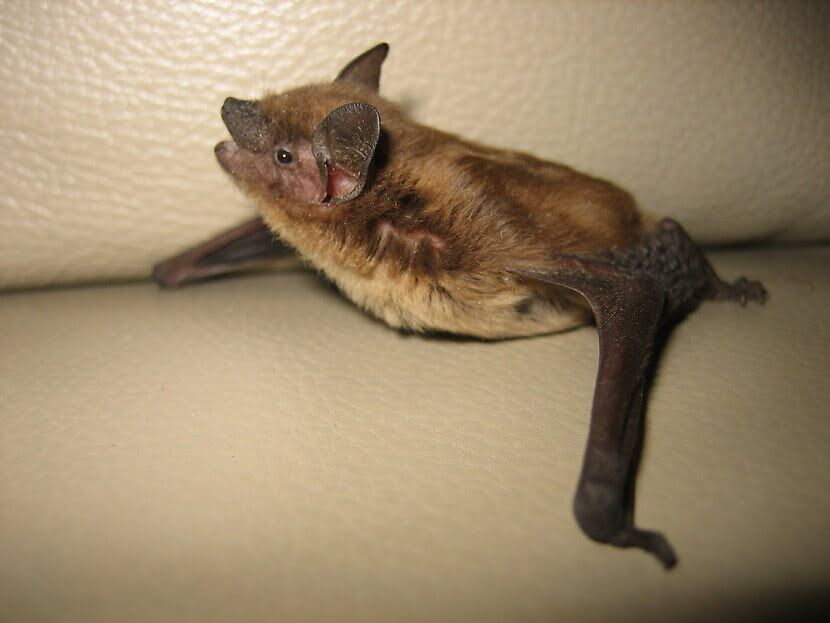
There is no doubt that having a bat infestation in a property can often be one of the most frustrating aspects of being a homeowner, and although they are only small creatures, they can be a big pain. The stains that can be seen from bat urine and the large quantity of bat droppings can turn an attractive home into a mess, without even considering the health hazard that can be caused by these droppings.
Poisoning A Bat
Much like any other warm-blooded animal, bats are susceptible to poison and a common rat poison will often be just as fatal to a bat as it is to the target animal. The main difficulty when it comes to poisoning a bat is that the majority of bats will only eat live insects, and it is very difficult to place poison on a flying insect. A minority of bats will actually eat fruit, but they are very picky eaters, and encouraging a bat to consume poison will often be more about luck than judgment.
One of the main issues with poisoning is that it is a slow and laborious way to deal with a bat colony, and it requires a lot of effort and monitoring to completely get rid of the bat problem in this way. Once the bats have been poisoned, then there are the carcasses to deal with, which add to the health hazard that is caused by the droppings. Locating all of the carcasses is also very difficult, as bats will often squeeze into the smallest spaces within a property.
Getting Rid Of Bats Through Fumigation
Another method that some people will use to get rid of a colony of bats is fumigation, which involves the pumping of a poisonous gas into the area where the bats are roosting. This will either kill the bats themselves, or force them out of the roost, which will then allow the individual to seal the property so that the bats cannot return. This is a process that has to be done with great care, because the gases that are used are even more of a health hazard than is caused by the bats.
The main problem with fumigation is that while it will either kill or repel the bats, many of the bats will be disorientated and will fail to actually make it out of the area where they are roosting. If this is in the roof cavity, then the bats will often crawl downwards into the walls or even make it into the living spaces of the property. With this method there will often be no option for the householder but to put up with the foul smell and flies that will be attracted by the carcasses of the bats that cannot be located.
The Alternative Option To Poison And Fumigation
When it comes to dealing with a bat infestation, the best option is to deal with the bats by evicting them from the roof humanely, using a one-way exit valve. Once the bats have been successfully removed from the roof then all of the holes can be sealed and repaired so that the bats can't get back in again. Bats really are creatures of habit, and they will often look in the same areas around a property for entry points, so killing one colony of bats won't solve the problem permanently.
The best bat removal experts will be able to offer a complete service, where they will observe and examine the area to find all the points that the bat are using to get in and out, and will then install the exclusion devices that help to ensure the bats leave the property. Once the bats are out they will clean all the droppings and decontaminate the roost, before permanently sealing the holes and repairing any damage to ensure that the bats can't get back in.
Prosecution
Although the practical reasons for avoiding the use of fumigants and poison should be enough to discourage people from using them, it is also illegal to kill bats. These animals play a vital role in the country's ecosystem, and for this reason those who are found to kill bats can face a fine of up to $1,000 per bat killed, and can even be jailed in severe cases.
Go back to the pestcontrolbat.com home page.
Copyright 2021 - pestcontrolbat.com
Nationwide Bat Control